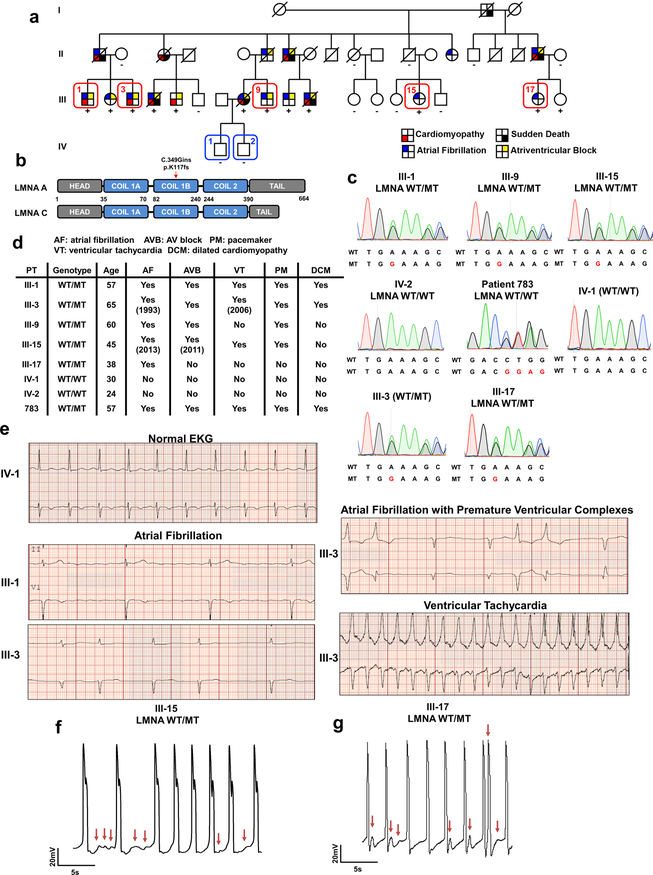Extended Data Fig. 1. LMNA mutant iPSC-CMs can recapitulate arrhythmic phenotype of LMNA-DCM patient.
a, Schematic pedigree of the family carrying LMNA mutation. Patients (III-1, III-3, III-9, III-15, and III-17) and healthy individuals (IV-1 and IV-2) recruited for this study are numbered. Circles represent female family members and squares represent males. “+” and “-” signs underneath family members indicate the presence or absence of the LMNA mutation, respectively. b, Schematic view of C349Gin frameshift mutation in LMNA gene. c, Genotyping of fibroblasts derived from patients and healthy controls. d, Clinical features of patients and healthy individuals. e, Electrocardiogram (EKG) of patients (III-1 and III-3) and healthy individual (IV-1). The EKG data was measured one time for each patient. f, g, Electrophysiological measurements of spontaneous action potentials in mutant iPSC-CMs (III-15 and III-17) recorded by patch clamp in current-clamp mode. The experiments were repeated three times independently with similar results.

